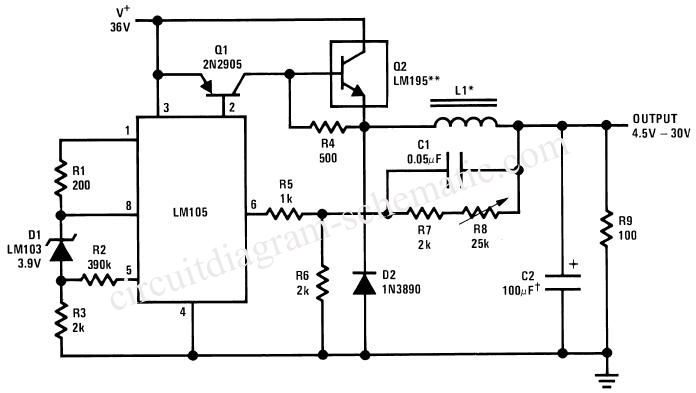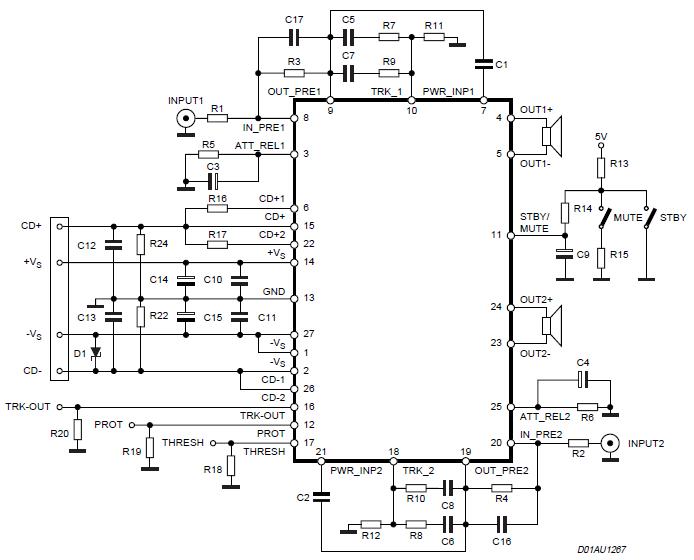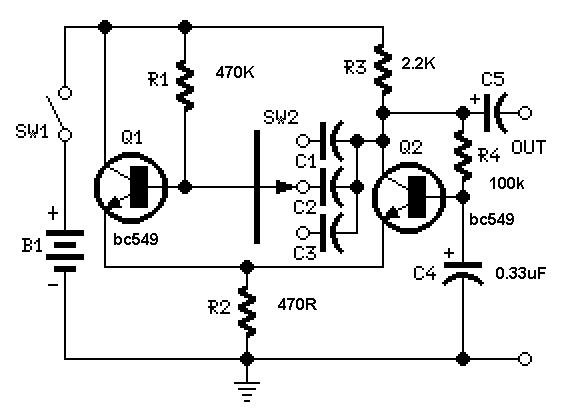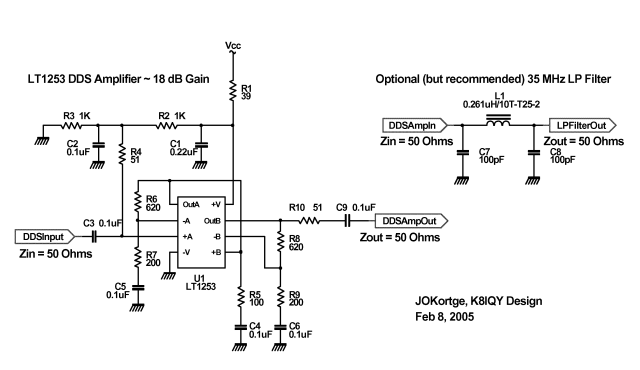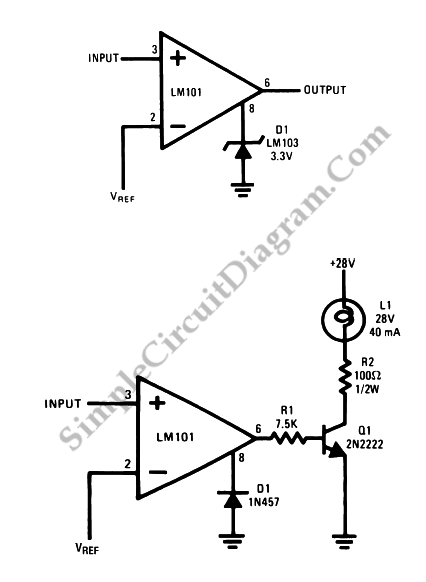
op amp A probably very easy Op-Amp Analysis

I have been measuring V_A = 15, which appears to be incorrect. Additionally, I believe V+ is equal to 0 since the node below the 3-ohm resistor is grounded. Assistance is needed to begin solving this. Initially, I set V+ = 0, and the current of 5A is flowing through the 3-ohm resistor, leading to the equation Va - 0 = 3 * 5 = 15. Subsequently, I derived the equation (V_-) - 15)/2 ohm + (V_0 - V-)/3 ohm = 0. It is understood that this exercise is for learning electronic circuit analysis, and one of the objectives is to work with convenient round numbers. However, it should be noted that, in practice, an average operational amplifier cannot sink or source anywhere near the 2A indicated in this example. There is a concern about getting students accustomed to practical values.
The circuit in question involves a grounded node and resistors arranged in a specific configuration. The initial conditions indicate that V+ is set to 0 volts due to grounding, which significantly influences the circuit's behavior. The 3-ohm resistor carries a current of 5A, resulting in a voltage drop across it calculated by Ohm's Law (V = IR), yielding a voltage V_A of 15 volts.
The next step involves analyzing the behavior of the voltage at node V_-, which is influenced by the surrounding resistors. The equation derived, (V_-) - 15)/2 ohm + (V_0 - V-)/3 ohm = 0, suggests the presence of a more complex network of resistors that must be considered to solve for the unknown voltages. This equation can be rearranged to express V_- in terms of V_0 and the known voltage drop across the 2-ohm resistor.
It is critical to recognize that while the exercise may utilize idealized values for ease of calculations, practical applications of operational amplifiers typically involve limitations regarding current sourcing and sinking capabilities. Real-world op-amps generally operate within certain parameters, which should be emphasized in educational settings to prepare students for practical circuit design and analysis.
In conclusion, to solve the circuit, one must carefully analyze the relationships between the voltages at various nodes, taking into account the constraints posed by the resistors and the operational amplifier's characteristics. The final solution will provide insights into the circuit's performance and validate the initial assumptions made regarding V_A and V+.I`ve been getting that V_A = 15 (which is wrong). Also I think V+ is = 0 since the node below 3 ohm is grounded. Any help on how to start solving this Ok! So, what I did at first was: V+ = 0, the current 5Am is going through 3 ohm resistor => Va- 0 = 3 *5 = 15. Afterwards (V_-) - 15)/ 2ohm + (V_0 -V-)/3ohm = 0 I understand this is just for learning electronic circuit analysis and one of the goals is of course to be able to work with nice round numbers, but be aware that in practice the average opamp can sink/source nowhere near the 2A that it does here. I mean, what is wrong to get students used to work with practical values OK, I said my thing, now solve the circuit :o) jippie Apr 2 `13 at 18:22
🔗 External reference
The circuit in question involves a grounded node and resistors arranged in a specific configuration. The initial conditions indicate that V+ is set to 0 volts due to grounding, which significantly influences the circuit's behavior. The 3-ohm resistor carries a current of 5A, resulting in a voltage drop across it calculated by Ohm's Law (V = IR), yielding a voltage V_A of 15 volts.
The next step involves analyzing the behavior of the voltage at node V_-, which is influenced by the surrounding resistors. The equation derived, (V_-) - 15)/2 ohm + (V_0 - V-)/3 ohm = 0, suggests the presence of a more complex network of resistors that must be considered to solve for the unknown voltages. This equation can be rearranged to express V_- in terms of V_0 and the known voltage drop across the 2-ohm resistor.
It is critical to recognize that while the exercise may utilize idealized values for ease of calculations, practical applications of operational amplifiers typically involve limitations regarding current sourcing and sinking capabilities. Real-world op-amps generally operate within certain parameters, which should be emphasized in educational settings to prepare students for practical circuit design and analysis.
In conclusion, to solve the circuit, one must carefully analyze the relationships between the voltages at various nodes, taking into account the constraints posed by the resistors and the operational amplifier's characteristics. The final solution will provide insights into the circuit's performance and validate the initial assumptions made regarding V_A and V+.I`ve been getting that V_A = 15 (which is wrong). Also I think V+ is = 0 since the node below 3 ohm is grounded. Any help on how to start solving this Ok! So, what I did at first was: V+ = 0, the current 5Am is going through 3 ohm resistor => Va- 0 = 3 *5 = 15. Afterwards (V_-) - 15)/ 2ohm + (V_0 -V-)/3ohm = 0 I understand this is just for learning electronic circuit analysis and one of the goals is of course to be able to work with nice round numbers, but be aware that in practice the average opamp can sink/source nowhere near the 2A that it does here. I mean, what is wrong to get students used to work with practical values OK, I said my thing, now solve the circuit :o) jippie Apr 2 `13 at 18:22
🔗 External reference
